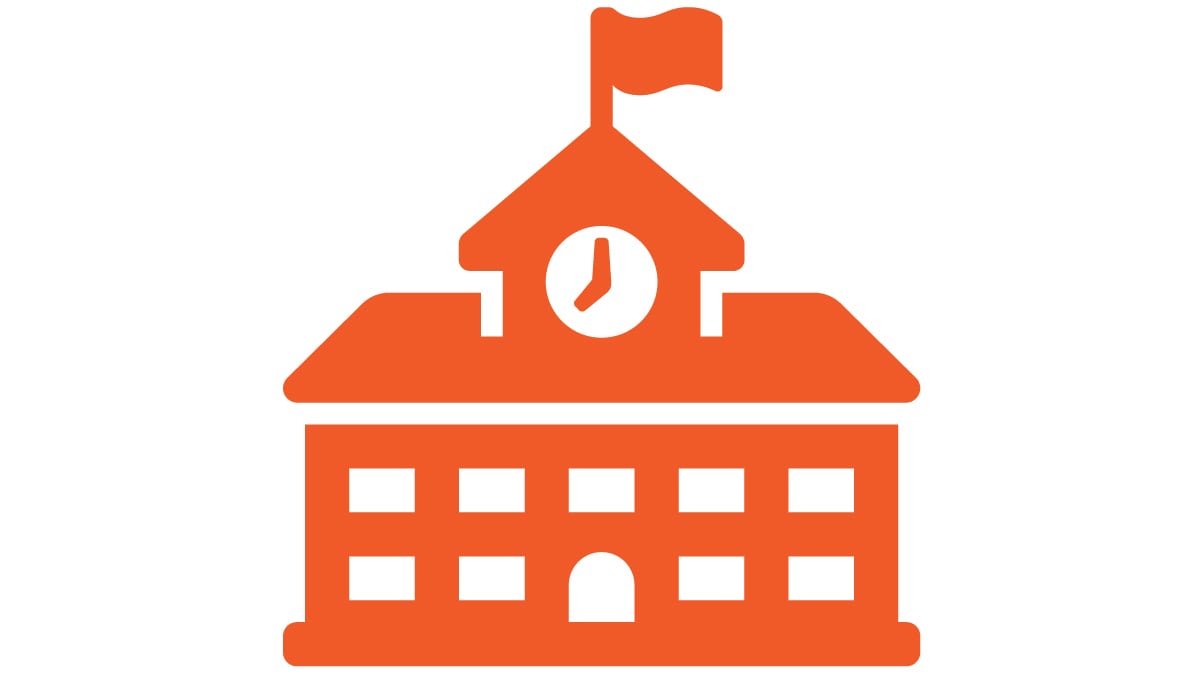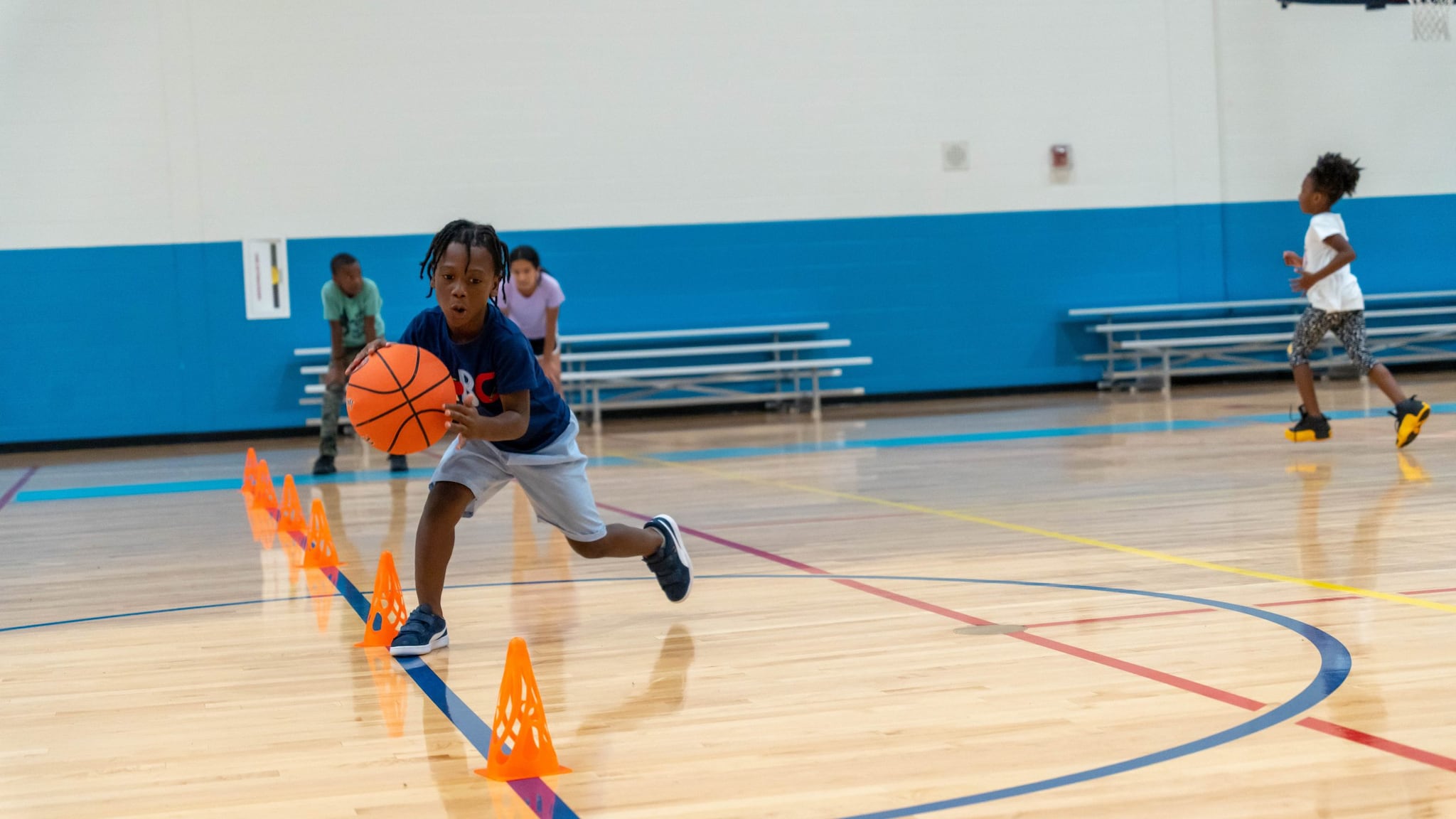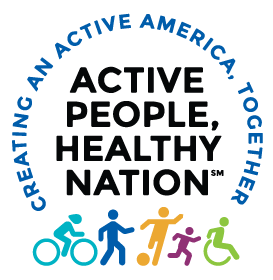Key points
- Comprehensive school physical activity programs use a combination of strategies to increase physical activity before, during, and after school.
- See approaches you can take, examples of what others have done, and resources.

Overview
Comprehensive physical activity programs may include physical education, recess, classroom physical activity, staff involvement in employee wellness programs, and family and community engagement. By implementing a comprehensive physical activity program, schools help students get the recommended 60 minutes of daily physical activity.
Approaches
Comprehensive physical education
Physical education (PE) is a K–12 academic subject. It provides standards-based curricula to develop students' knowledge and behaviors for physical activity, physical fitness, and motor skills. Schools can develop and carry out comprehensive PE policies for daily physical activity. This will prepare students to be physically active at school and beyond.
Opportunities before, during, and after school
In addition to quality physical education, schools can carry out recess and classroom policies to ensure students are physically active during the day. Physical activity before and after school might include:
- Physical activity clubs.
- Intramural programs (recreational sports for fun).
- Interscholastic sports (competitive sports between schools).
- Access to team and individual sports.
- Physical activity in before- and after-school programs.
Working together
- Achieving Impact on Childhood Obesity: Georgia Shape's 'Power Up for 30'
- Schools Work to Make Physical Education Count in Suburban Chicago, Illinois
- Afterschool Programs Expand Opportunities for Obesity Prevention in Boston, Massachusetts

Resources
Community Preventive Services Task Force recommendations
Enhanced School-Based Physical Education
Classroom-based Physical Activity Break Interventions
Classroom-based Physical Activity Lesson Interventions
Comprehensive physical education
Comprehensive School Physical Activity Programs: A Guide for Schools
How to develop, implement, and evaluate comprehensive school physical activity programs.
Increasing Physical Education and Physical Activity: A Framework for Schools
Identifies key opportunities and resources for professional development to help schools implement the framework.
Inclusive School Physical Education and Physical Activity*
How to create an inclusive culture for physical education and physical activity in schools.
Infographic: Benefits of school-based physical activity
How 60 minutes of daily moderate-to-vigorous physical activity can benefit students, teachers, and the community.
Physical Education Curriculum Analysis Tool (PECAT)
Self-assessment and planning guide helps school districts and schools conduct clear, complete, and consistent analyses of physical education curricula.
Strengthen Physical Education in Schools data brief
Snapshot of current U.S. physical education practices and ways to improve physical education.
Opportunities before, during, or after school
Healthy Out-of-School Time Assessment*
Track what schools are already doing and highlight opportunities for improvement.
Strategies for Classroom Physical Activity in Schools
Describes 10 evidence-based strategies to promote and plan classroom physical activity. Also see A Guide for Putting Strategies into Practice.
Strategies for Recess in Schools
How to plan and provide recess in schools to increase physical activity participation.
Youth Compendium of Physical Activities
List of 196 common youth activities and their estimated energy cost. It can be used for research, public health policies, and education.
*Can be used to help address equitable and inclusive access to physical activity.

Want additional tips and resources to be active?
Learn about Active People, Healthy NationSM, CDC’s national initiative to help people be more physically active.
